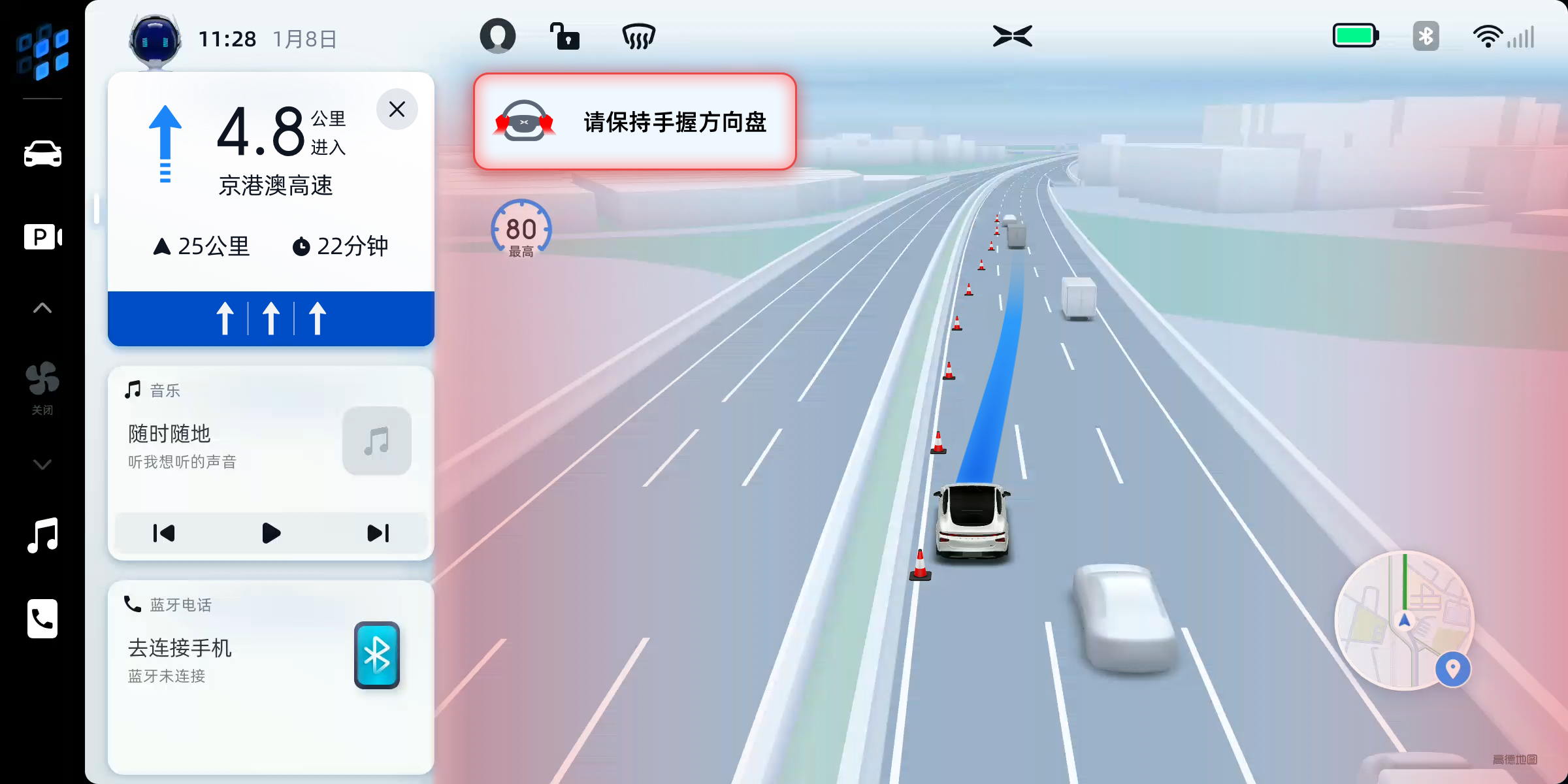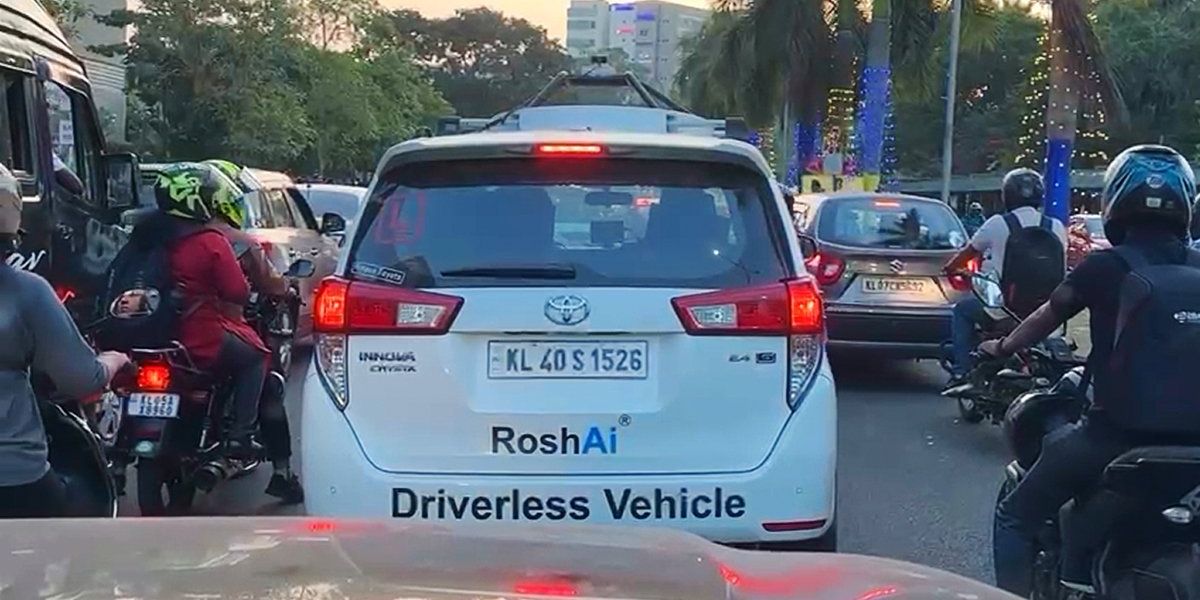Other brands in China have long had this.Tesla will integrate Baidu "hd" maps into cars in China.
"On Monday, Baidu announced that Tesla vehicles in China will integrate Baidu Maps V.20 in May which features a 3D lane-level navigation capability directly integrated into vehicles."

Tesla Partners with Baidu in China As Full Self Driving Arrival Gets Closer - EV
On Monday, Baidu announced that Tesla vehicles in China will integrate Baidu Maps V.20 in May which features a 3D lane-level navigation capability directly integrated into vehicles.eletric-vehicles.com
View attachment 1040892

Basically it's the same as regular nav maps except it is 3D so it represents overpasses and such much better. I'm not sure however I would classify it as an "HD" map however (like the super detailed centimeter accurate maps some AVs use in the city and what Huawei was talking about abandoning). It's part of the reason why I pointed out in that thread that "HD map" needs to be defined more clearly. Baidu is behind the curve here and Tesla has been held back by choosing them as a vendor.






/cdn.vox-cdn.com/uploads/chorus_asset/file/25425075/IMG_0859.jpeg)